Costeño Chile is a small, flavorful chili pepper native to the coastal regions of southern Mexico, particularly Oaxaca and Veracruz. Known for its smoky, earthy taste and moderate to high heat (40,000-60,000 SHU), it's a key ingredient in traditional mole sauces and seafood dishes. This guide covers everything you need to know about Costeño Chile, including its flavor profile, culinary uses, buying tips, storage methods, and recipes.
Table of Contents
- What Is Costeño Chile?
- Flavor Profile & Heat Level
- Culinary Uses: Where Does It Shine?
- Costeño vs Other Mexican Chilies: A Comparison Table
- Buying Guide: Choosing the Best Costeño Chile
- Storage Tips for Long-Lasting Flavor
- Cooking with Costeño: Recipes You Can Try at Home
- Frequently Asked Questions About Costeño Chile
- Conclusion: Make Costeño Your New Kitchen Staple
What Is Costeño Chile?
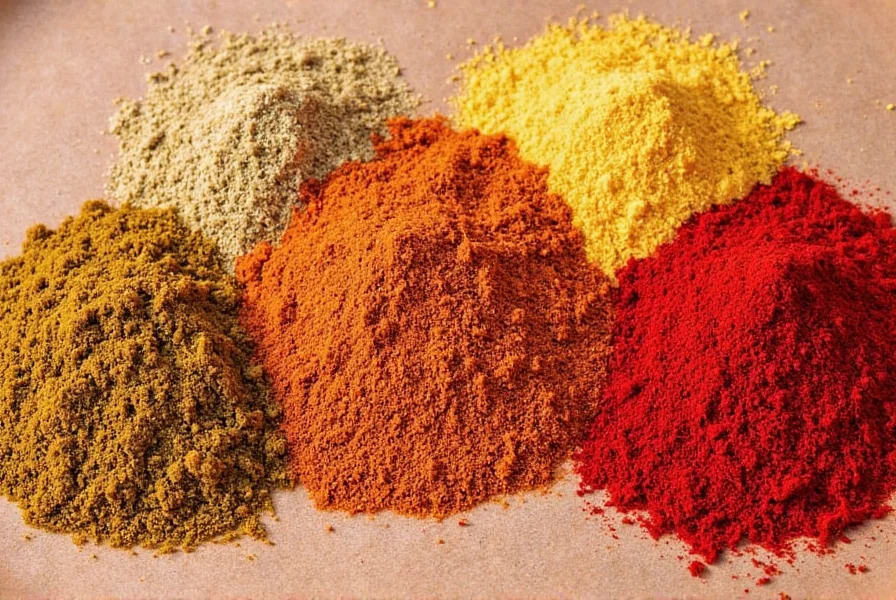
Native to the coastal regions of southern Mexico, particularly in Oaxaca and Veracruz, the Costeño Chile (also known as Chile Costeño) is a small but mighty chili that packs a unique flavor profile. There are two main varieties — Costeño Rojo (red) and Costeño Amarillo (yellow), each offering slightly different heat levels and taste nuances.
Historically used in traditional mole sauces and seafood dishes due to its proximity to coastal areas, this chili has remained somewhat under the radar compared to more globally recognized names like chipotle or ancho. But don't let its low profile fool you — once you get your hands on some, you'll wonder how you ever cooked without it.
Flavor Profile & Heat Level
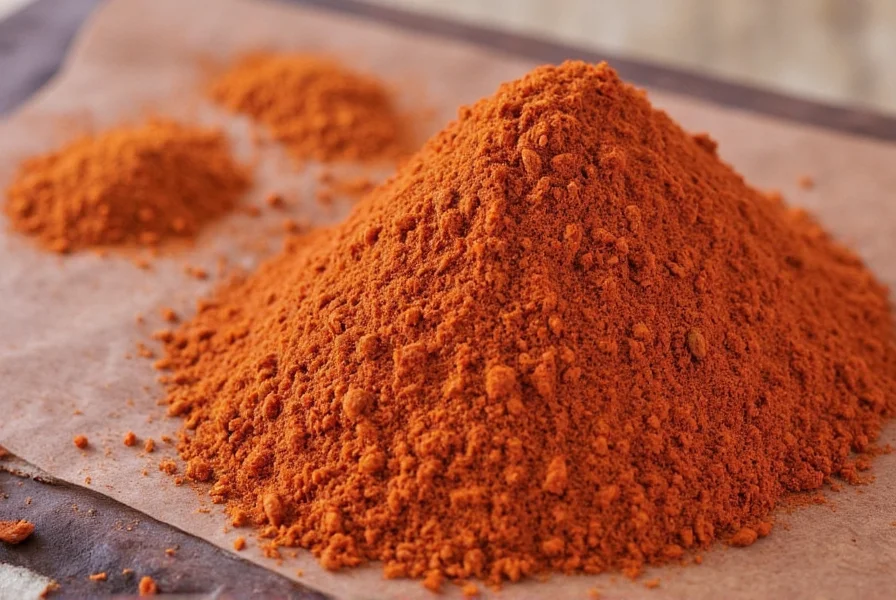
The Costeño Chile offers a complex blend of flavors that includes:
- Earthy undertones
- Slightly smoky aroma
- A subtle fruity sweetness
- And just the right amount of heat to make things interesting
In terms of Scoville Heat Units (SHU), here's where it stands:
| Chili Variety | Heat Level (SHU) |
|---|---|
| Costeño Rojo | 50,000 – 60,000 SHU |
| Costeño Amarillo | 40,000 – 50,000 SHU |
| Jalapeño | 2,500 – 8,000 SHU |
| Hatch Green Chile | 2,500 – 30,000 SHU |
| Guajillo | 2,500 – 5,000 SHU |
As you can see, both Costeño varieties fall somewhere between cayenne pepper and serrano in terms of spiciness. However, their real magic lies not just in the heat, but in how the other flavor notes balance it out. Think of it as the spicy cousin who knows exactly when to turn up the volume and when to step back.
Culinary Uses: Where Does It Shine?
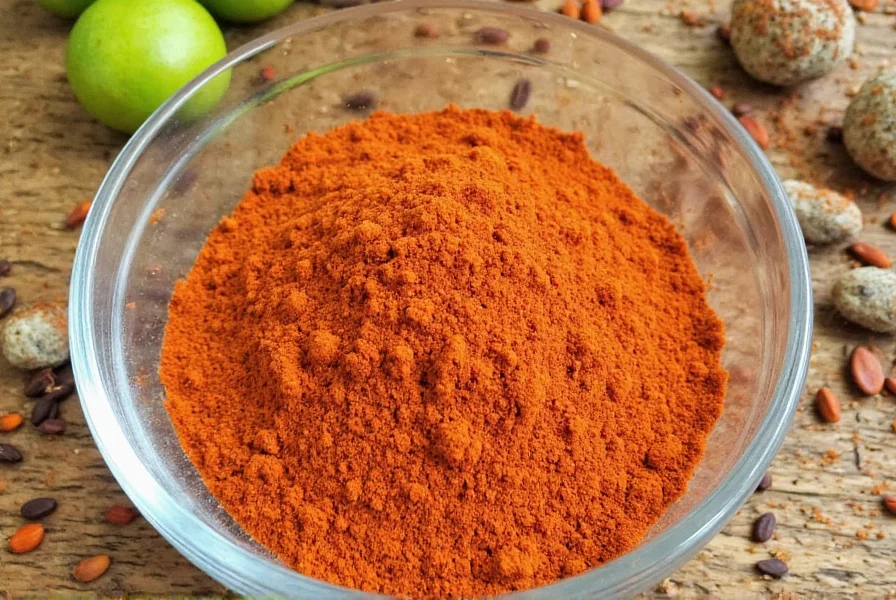
Costeño Chile may be lesser-known outside of Mexico, but its versatility in the kitchen is nothing short of impressive. Here are a few ways it's traditionally used — and how you can incorporate it into your own cooking:
- Mole Sauces: The red variety adds depth and warmth to rich, slow-simmered moles, especially those made with chocolate and nuts.
- Seafood Dishes: Thanks to its coastal origins, Costeño pairs beautifully with fish, shrimp, and ceviche, adding a smoky-spicy kick that complements citrus and herbs.
- Dried & Ground: When dried and ground into powder, Costeño becomes a powerhouse seasoning for rubs, marinades, and spice blends like adobo.
- Salsas: Whether fresh or roasted, it brings a bold character to salsas, especially when blended with tomatoes, garlic, and onion.
- Oils & Infusions: Infuse olive oil or vinegar with Costeño for a fiery condiment that elevates everything from tacos to grilled vegetables.
Costeño vs Other Mexican Chilies: A Comparison Table

If you're familiar with other Mexican chilies, you might be wondering where Costeño fits in. Let's break it down:
| Chili | Flavor Notes | Heat Level | Best For |
|---|---|---|---|
| Costeño Rojo | Smoky, sweet, earthy | High (50k–60k SHU) | Moles, seafood, salsas |
| Costeño Amarillo | Fruity, tangy, floral | Moderate (40k–50k SHU) | Lighter dishes, oils, dressings |
| Ancho | Earthy, prune-like | Low (1k–2k SHU) | Slow-cooked dishes, stews |
| Guajillo | Tangy, tea-like | Medium-low (2.5k–5k SHU) | Moist salsas, soups, marinades |
| Chipotle | Smoky, woody | Medium-high (5k–10k SHU) | Barbecue, beans, meat rubs |
| Poblano | Bitter, grassy | Low (1k–2k SHU) | Stuffing, rajas, crema |
Buying Guide: Choosing the Best Costeño Chile
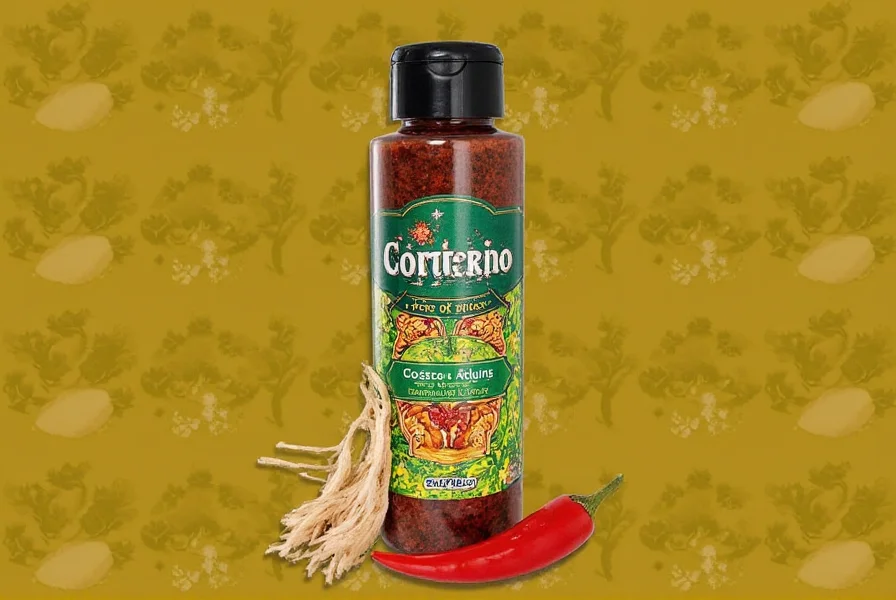
Ready to bring home some Costeño love? Here's how to pick the best ones:
For Whole Dried Chiles:
- Look for firmness: Avoid limp or overly brittle chilies; they should be pliable enough to bend slightly without snapping.
- Check the color: Bright red (for Costeño Rojo) or golden yellow (for Costeño Amarillo) indicates freshness and proper drying.
- Smell test: A fragrant, slightly smoky aroma means the oils haven't degraded. If it smells musty or dull, skip it.
- Seed count: Some sellers remove seeds, which lowers the heat. Decide if you want more or less intensity before purchasing.
For Ground Powder:
- Opt for small batches: Choose freshly ground powders over mass-produced bags that have been sitting too long.
- Check for additives: Read labels carefully — pure Costeño should only list "dried Costeño chile" as the ingredient.
- Brand reputation: Look for artisanal brands or specialty shops that source directly from Mexican producers.
Top Recommended Products:
| Product Name | Features | Target Audience | Best Use |
|---|---|---|---|
| MexiSpice Artisan Costeño Rojo | Fair-trade, sun-dried, whole pods | Home chefs & spice collectors | Mole-making, roasting, grinding |
| La Cocina Real Costeño Powder | Single-origin, stone-ground | Cooking enthusiasts & meal preppers | Rubs, marinades, sauces |
| Tierra Mexicana Dried Bundle | Assorted Mexican chiles including Costeño | Newcomers & adventurous cooks | Exploring flavors, creating blends |
Storage Tips for Long-Lasting Flavor
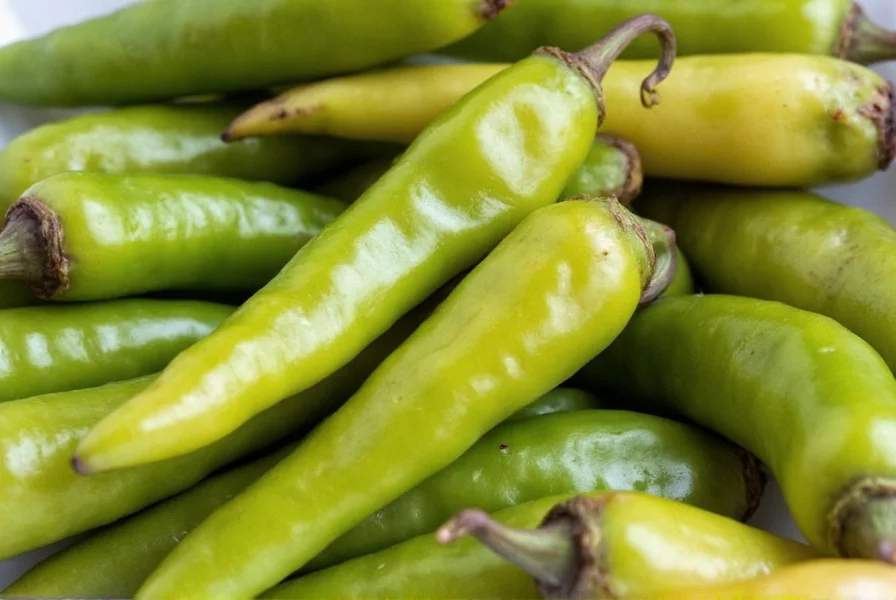
To keep your Costeño Chiles tasting their best, follow these easy storage tips:
- Whole dried chiles: Store in airtight containers away from light and moisture. They last up to 6 months this way.
- Ground powder: Keep in glass jars in a cool, dark cupboard. Use within 3–4 months for maximum potency.
- Infused oils: Refrigerate after opening and use within 2–3 weeks to prevent spoilage.
- Roasted or rehydrated chiles: Freeze them in zip-lock bags for later use in soups or sauces.
Cooking with Costeño: Recipes You Can Try at Home
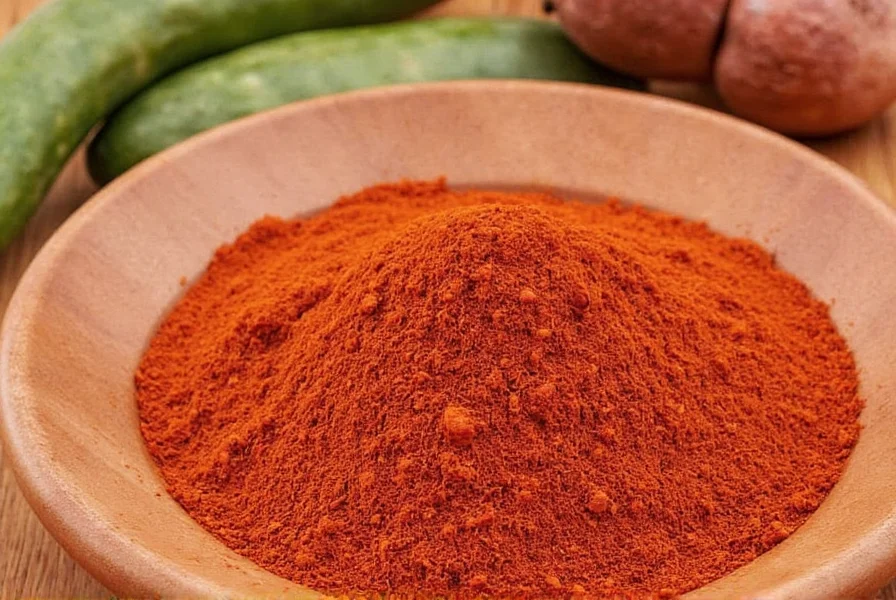
Let's put theory into practice! Here are a few delicious recipes featuring Costeño Chile:
1. Costeño Chile Shrimp Tacos
- Sauté shrimp in olive oil with minced garlic and sliced Costeño Amarillo.
- Add lime juice, cilantro, and avocado for topping.
- Wrap in warm tortillas and serve immediately.
2. Smoky Mole with Costeño Rojo
- Toast and soak Costeño Rojo chiles, then blend with almonds, sesame seeds, tomatoes, and chocolate.
- Simmer slowly until thick and aromatic.
- Drizzle over chicken or enchiladas for a deeply satisfying dish.
3. DIY Costeño Adobo Rub
- Mix Costeño powder with smoked paprika, garlic, salt, and black pepper.
- Use to season pork, beef, or tofu before grilling or roasting.
Frequently Asked Questions About Costeño Chile
What is Costeño Chile and where does it come from?
Costeño Chile is a small but flavorful chili pepper native to the coastal regions of southern Mexico, particularly Oaxaca and Veracruz. The name "Costeño" means "from the coast" in Spanish, reflecting its coastal origins. There are two main varieties: Costeño Rojo (red) and Costeño Amarillo (yellow).
How hot is Costeño Chile compared to other peppers?
Costeño Rojo ranges from 50,000-60,000 SHU, while Costeño Amarillo is slightly milder at 40,000-50,000 SHU. This makes both varieties significantly hotter than jalapeños (2,500-8,000 SHU) and more comparable to cayenne pepper in heat level. However, the heat is balanced by complex flavor notes including earthiness, smokiness, and subtle fruitiness.
What's the difference between Costeño Rojo and Costeño Amarillo?
Costeño Rojo has a deeper, smokier flavor profile with earthy and sweet notes, making it ideal for richer dishes like moles. Costeño Amarillo is slightly milder with more pronounced fruity and floral notes, making it better suited for lighter dishes, oils, and dressings. The red variety generally has higher heat (50,000-60,000 SHU) compared to the yellow (40,000-50,000 SHU).
Can I substitute Costeño Chile if I can't find it?
While no substitute perfectly replicates Costeño's unique flavor, you can approximate it depending on which variety you need. For Costeño Rojo, try a combination of guajillo (for flavor) and cayenne (for heat). For Costeño Amarillo, mix a mild dried yellow pepper like pasilla de Oaxaca with some cayenne. For the best experience, though, seek out authentic Costeño Chile as it has a distinctive flavor profile that's hard to replicate.
How should I prepare dried Costeño Chile before using it?
Before using dried Costeño Chile, remove the stems and shake out the seeds (unless you want maximum heat). Toast the chiles lightly in a dry skillet for 20-30 seconds per side until fragrant but not burnt. Then soak them in hot water for 15-20 minutes until softened. After soaking, they're ready to blend into sauces, moles, or salsas.
Conclusion: Make Costeño Your New Kitchen Staple
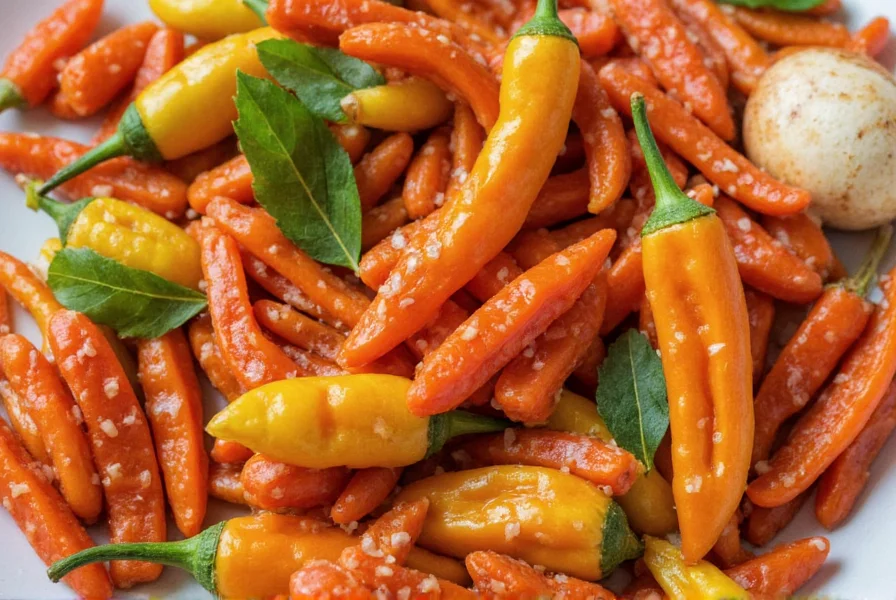
In a world full of chili options, Costeño Chile stands out for its boldness, complexity, and deep cultural roots. Whether you're a seasoned chef or someone looking to level up your taco Tuesday game, this underrated gem deserves a spot in your pantry.
So next time you're shopping for spices or planning a new recipe, don't overlook the Costeño. Its vibrant flavor and medium-to-high heat will awaken your taste buds and transport you straight to the coasts of Oaxaca.
Are you ready to fall in love with Costeño Chile?

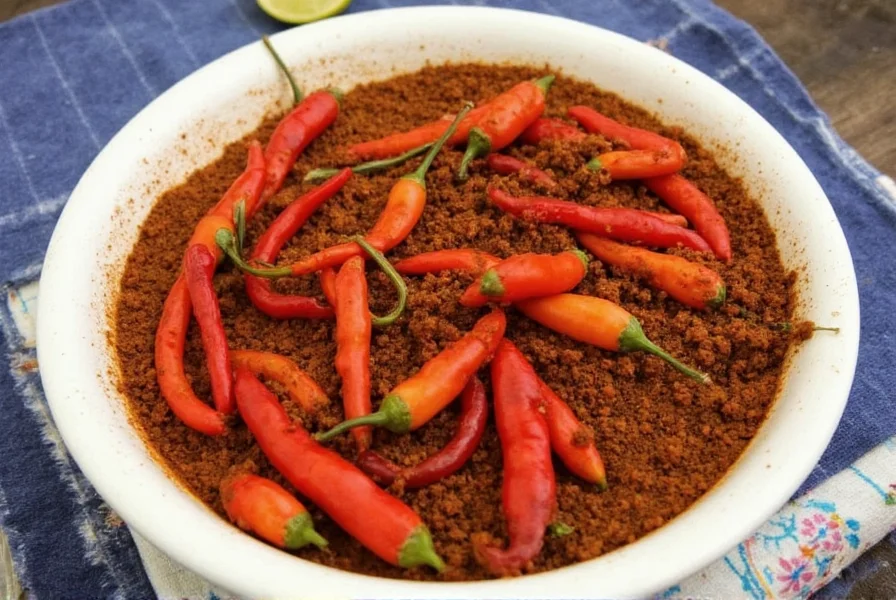









 浙公网安备
33010002000092号
浙公网安备
33010002000092号 浙B2-20120091-4
浙B2-20120091-4